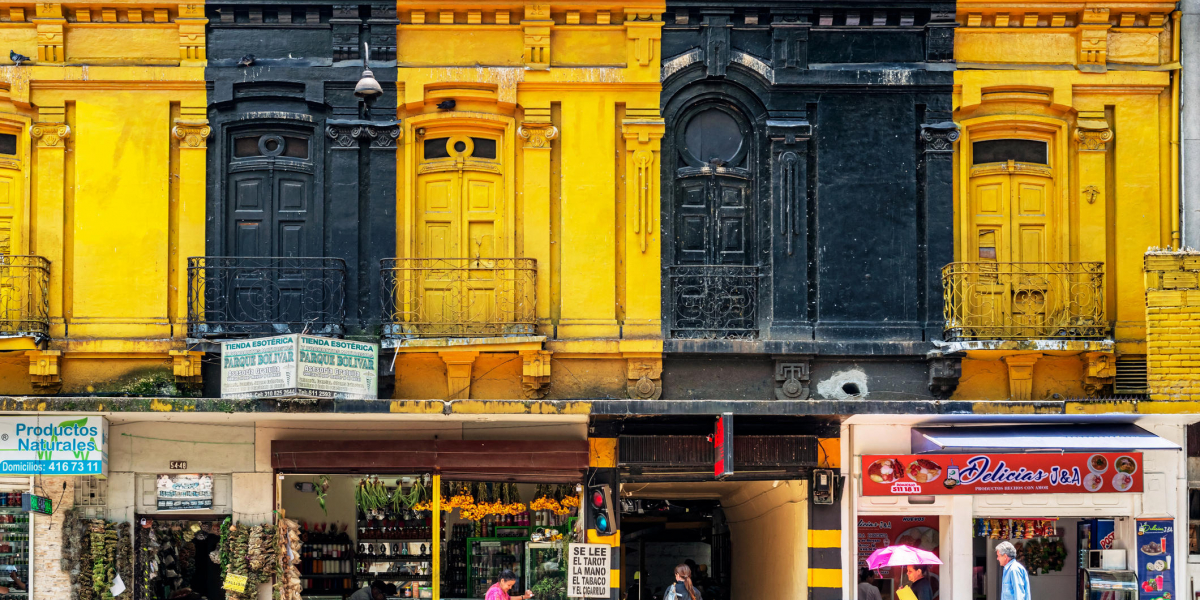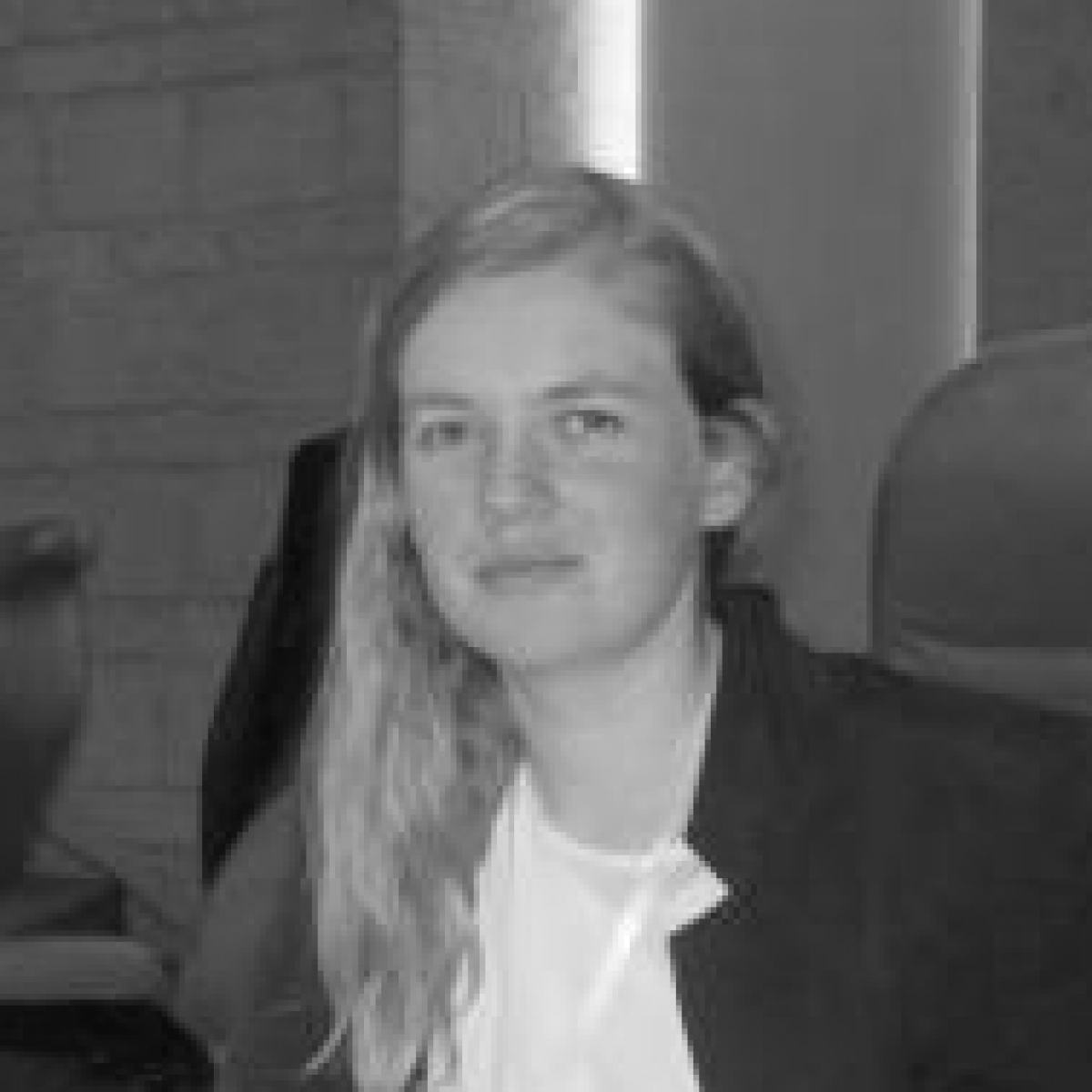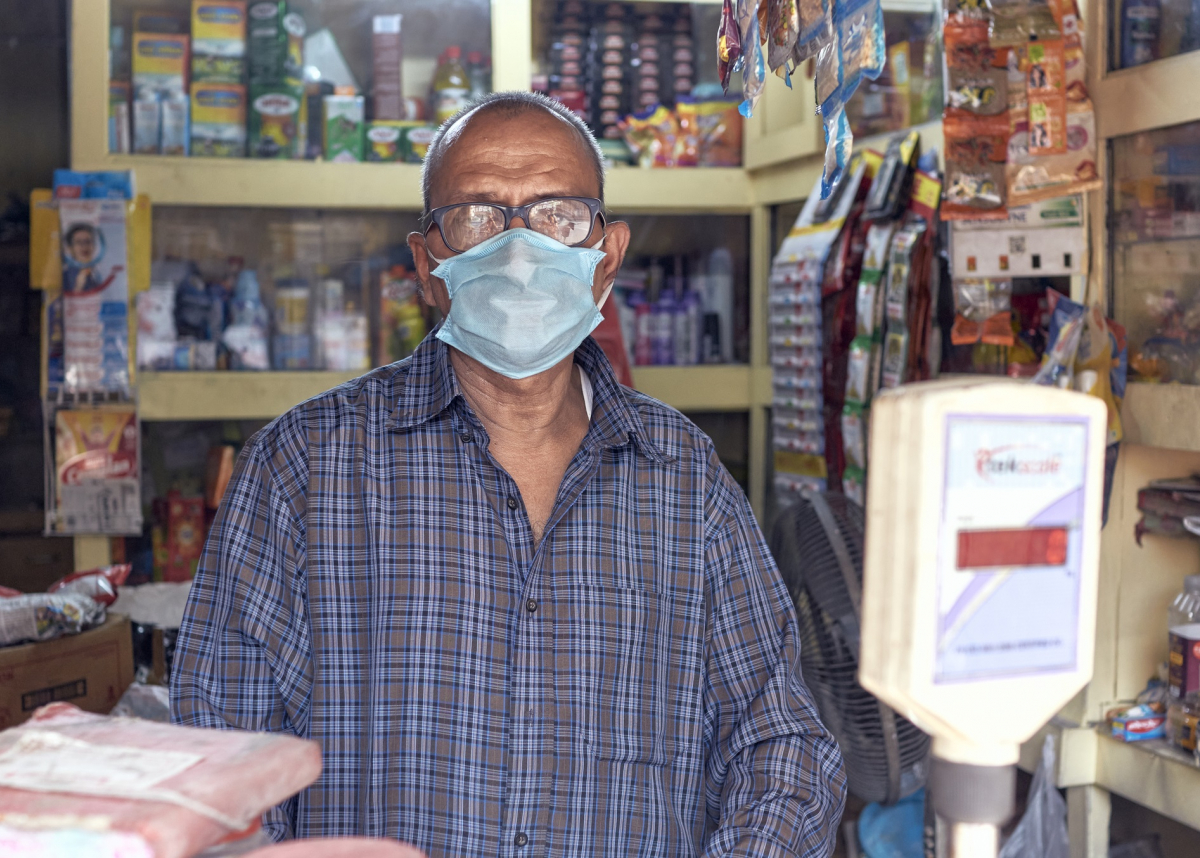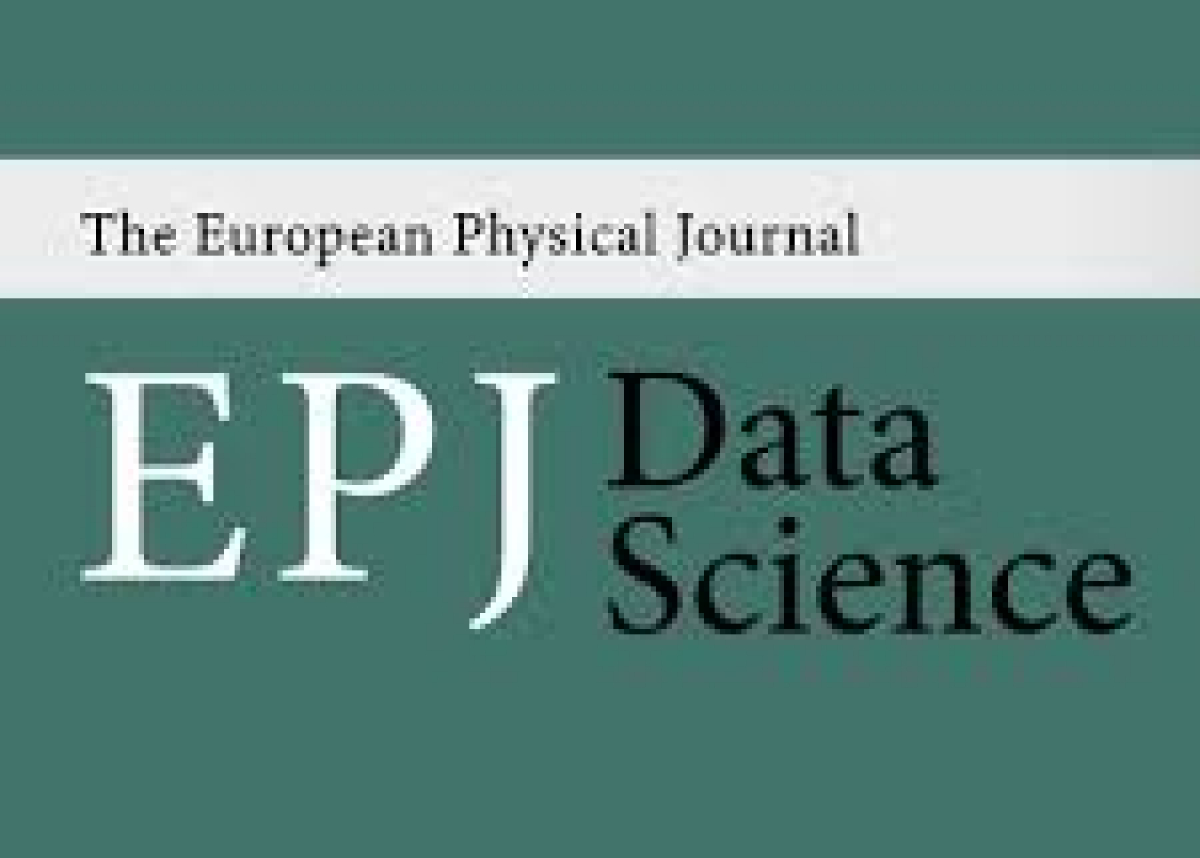
THE CHALLENGE
The rapid urbanisation of developing countries is quickly changing the economic reality of their populations, and large efforts have been made to better understand these dynamics. But the reality is that in many places, there is little data to evaluate the nature and speed of the changes. For cities to better engage with these changes, they require ways to monitor and quantify them.
New advances in computer vision and machine learning present an opportunity to gather data efficiently to provide reliable information on many dimensions that had been previously difficult to capture and quantify. Satellite imagery, for example, has been used to detect population density and to track urban growth. But is it possible to get more granular data?
Cities in developing countries show a much higher of unemployment and informality than their counterparts in the developed world. Ensuring that cities are resilient and capable of providing decent job opportunities to everyone is one of the greatest challenges in the global south. By modelling the skills of a city using a network of labour flows, we aim to provide new ways to measure the economic resilience of a city.
OUR APPROACH
In this project, we take advantage of recent advances in remote sensing and computer vision to develop an alternative approach to obtaining useful data for urban researchers and policy makers alike. By showcasing the viability and usability of these new techniques, we hope to open the field to further innovation.
Leveraging the availability of street-level imagery (Google-Street-View), we are building an algorithm that can detect visible firms, that is, all the facades that are easily identifiable as commercial by a pedestrian. These firms provide a first order approximation to the commercial activity of a city, allowing us to explore its spatial distribution. This distribution can be further explored to identify clusters, as well as to study the dynamics that emerge between commercial activity, socio-demographic variables, and mobility patterns.
These analytical tools can be used to measure the labour market resilience of cities, a critical issue given the transformative potential of automation that is currently happening worldwide.
LATEST DEVELOPMENTS
We have developed the algorithm that allows us to detect visible firms and applied it to the Metropolitan region of Medellin. In effect, we have obtained a new data set with the distribution of visible commercial activity in the city.
These data allow us to explore the adherence to land-use codes across the city, and in particular we can show that the level of adherence to the code is low across all socio-demographic strata. This challenges the public perception of land-use violations as more common among poorer neighbourhoods, while also providing evidence that strict zoning is unlikely to be followed, and thus that a different approach is needed for urban planning in Medellin.
People




